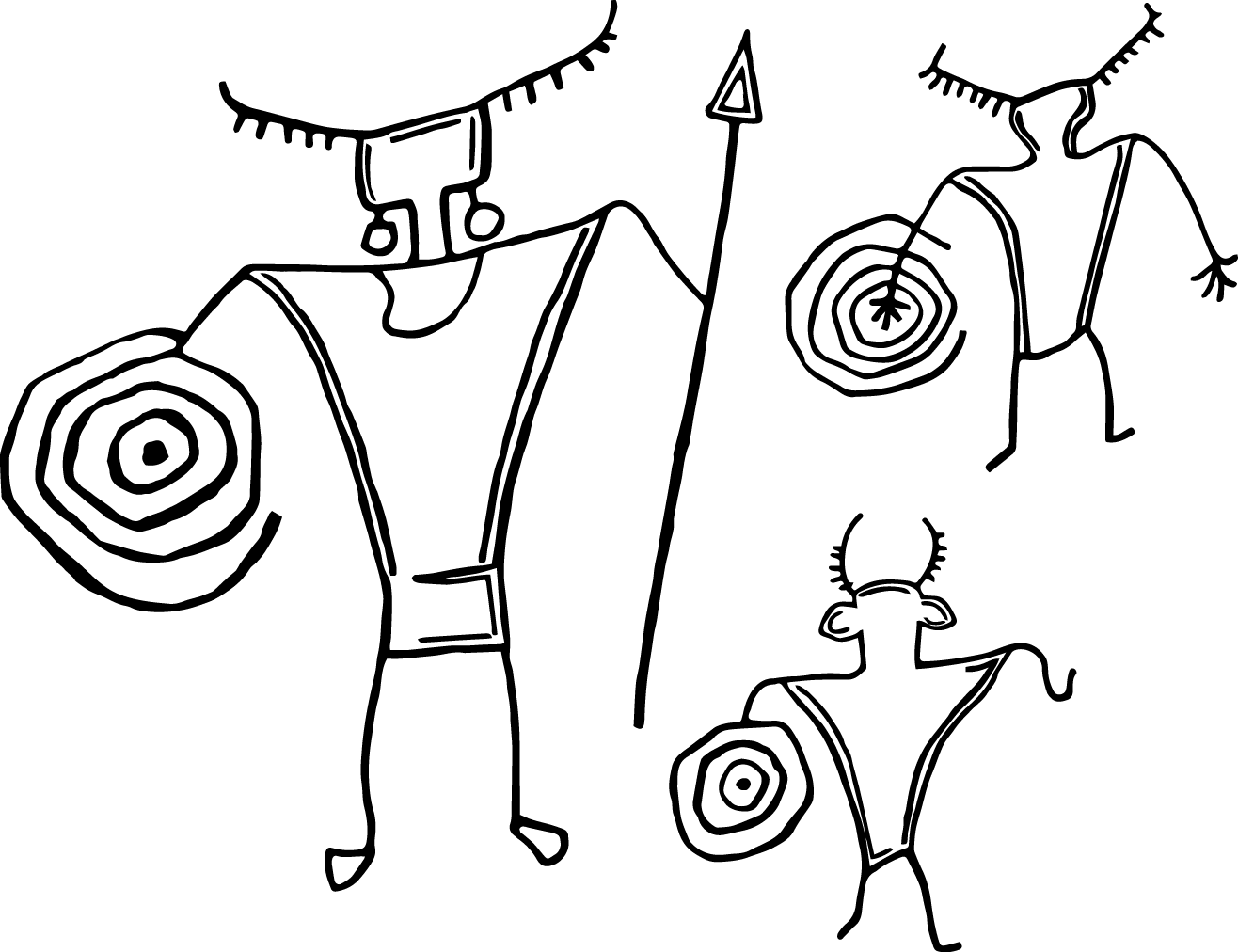|
To register for a field trip:
1. You must be a current URARA member.
2. The trip must be "open" for registration.
3. Click the or
buttons for a field trip "open" for registration.
4.In
order to help protect the health and safety of all members
participating in events sponsored by URARA, the following policy
applies: Participants are strongly urged to be vaccinated with a full course of COVID shots and boosters.
To cancel your field trip registration:
2. Click the
 Utah Rock Art Research Association
Utah Rock Art Research Association 